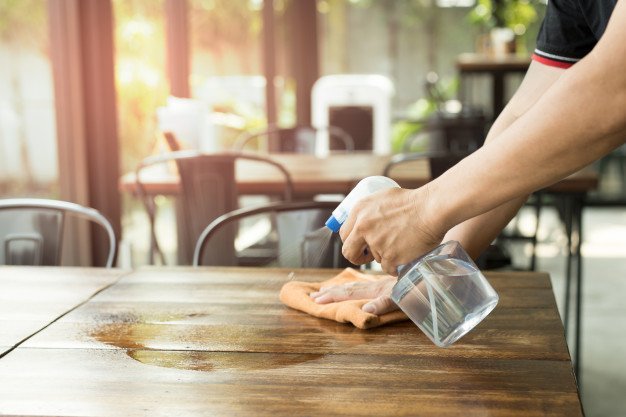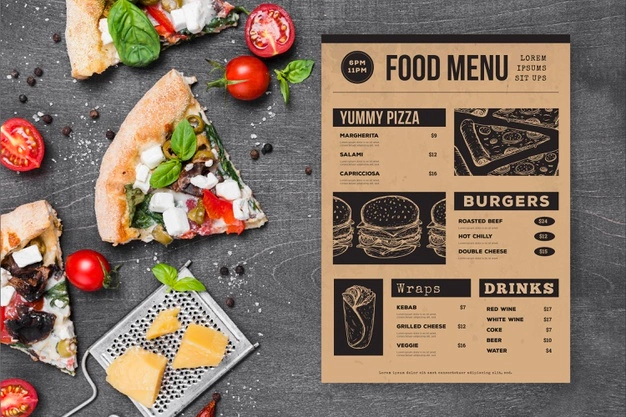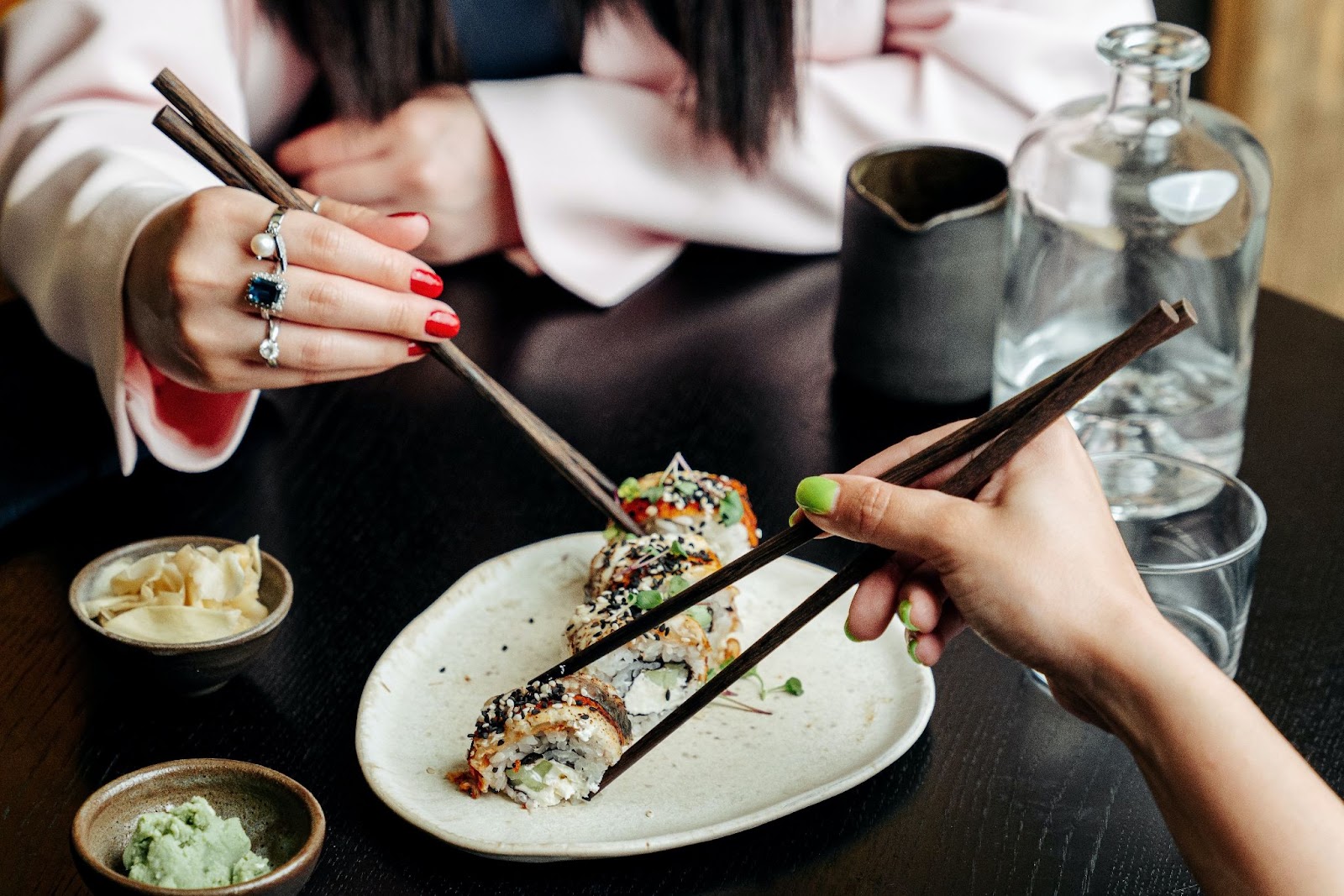Introduction
For any restaurant, the latter applies on a regular basis and maintaining high standards of hygiene is really important. Which in turn guarantees the safety of your customers as well as staff, a good dining experience and not to forget, avoids tarnishing the reputation. Read on to learn key hygiene measures that every restaurant should follow for a squeaky clean, free from germs and bacteria ambiance.
Personal Hygiene for Staff
Staff sanitization is the first step in preventing contamination. Hands should be trained on the right technique to wash hands, washing hands with soap and water at least 20 seconds. Workers must be actively encouraged to wash hands frequently especially after handling raw food, using the bathroom or touching common surfaces.
This means making sure your uniform is clean and your hygiene up to spec. Hairnets or hats should be worn to prevent contamination of the food. Keep jewelry and loose accessories to a minimum to avoid any potential hazards.
Food Handling and Preparation
The basics of food handling and preparation are key to reducing the risk of foodborne illness. They need trained staff because ingredients must be stored at the right temperatures and food needs to handled safely. There should be no cross-contamination between raw and cooked food.
Always use different cutting boards and utensils for the raw products as well as the cooked ones. Disinfect work surfaces, appliances and utensils regularly. Tools should be kept separate and organized, and a color-coded system can help make it clear which are clean and which are sterile.
Cleaning and Sanitizing
The last thing you want is to keep your garbage in a trash bag for the rest of the day. You should plan a tight cleaning and sanitation routine so that your environment remains as sterile as possible. Frequently touch high-touch surfaces, like stair rails or door handles, should be cleaned. Dirt and bacteria accumulates on floors, restrooms and kitchens, thus those areas have to be cleaned periodically.
Proper sanitation is achieved when specific cleaning agents are used as directed by the manufacturers. Staff should be taught as to how to clean properly, how the cleaning products are used and equipment.
Pest Control
Pest control in the restaurant is one of the serious measures. Routine inspections will allow you to locate likely entries, and avoid infestations. By keeping the premises clean and free of food waste, it minimizes your vegetable room for fewer pests.
Professionals allowing you to deal with your prevention and management on a very thorough level. The employees must also be trained to recognize the signs of common pest infestations and report them as soon as they see one.
Waste Management
Good hygiene practices need to be followed immediately dispose waste in designated containers with secured lids. Frequently empty and clean waste bins to eliminate odours / contamination.
Now more than ever, the practice of recycling and composting as tools within waste management initiatives can be seen with the solid connection between hygiene and sustainability. Call workers evert they know and teach them how to segregate the waste.
Temperature Control
Proper food storage and preparation temperatures must be followed. Regular monitoring of refrigerators and freezers to keep them operating at safe temperatures is a must. Hot food must be 140°F (60°C) or more while cold food should remain at 40°F (4°C) or lower.
Calibrated thermometers are put to use in food temperature checking so that no regulations regarding this are disregarded. Train staff to immediately identify and respond with temperature deviations
Health and Safety Training
All staff members must have training in health and safety. This encompasses teaching employees about food safety, emergency actions and alerting them to any possible dangers. Continual staff training and refresher courses ensure that guidelines are kept current.
If you form an environment where health and safety concerns can be discussed more openly, this will create a habitually hygienic approach. Staff should be supported to speak out if they see something wrong and involved in helping to create a safe environment.
Customer Hygiene Facilities
Clean and well-maintained hygiene facilities are vital in customer service. This ward by ward washroom and cleaners should be equipped with soap, alcohol (using a dispenser), and towel sanitizers. Perform routine inspections to keep the facilities operational and clean during hours of operation.
Visible signage promoting handwashing and other hygiene measures is able to raise awareness directly with customers. Having available buildings for all clients is a manner of showing that inclusivity and safety truly is important.
Conclusion
Any restaurant wanting to offer a safe and great-tasting dining experience must abide by basic hygiene practices. Restaurants need to keep a high level of cleanliness not just it benefits you in terms of your reputation but also give customers peace of mind By concentrating on staff training, food preparation, cleaning practices and public conveniences. Their utilization on a regular basis ultimately contributes to the welfare of patrons and staff alike; and it is after all favorable in ensuring long term business prosperity.



